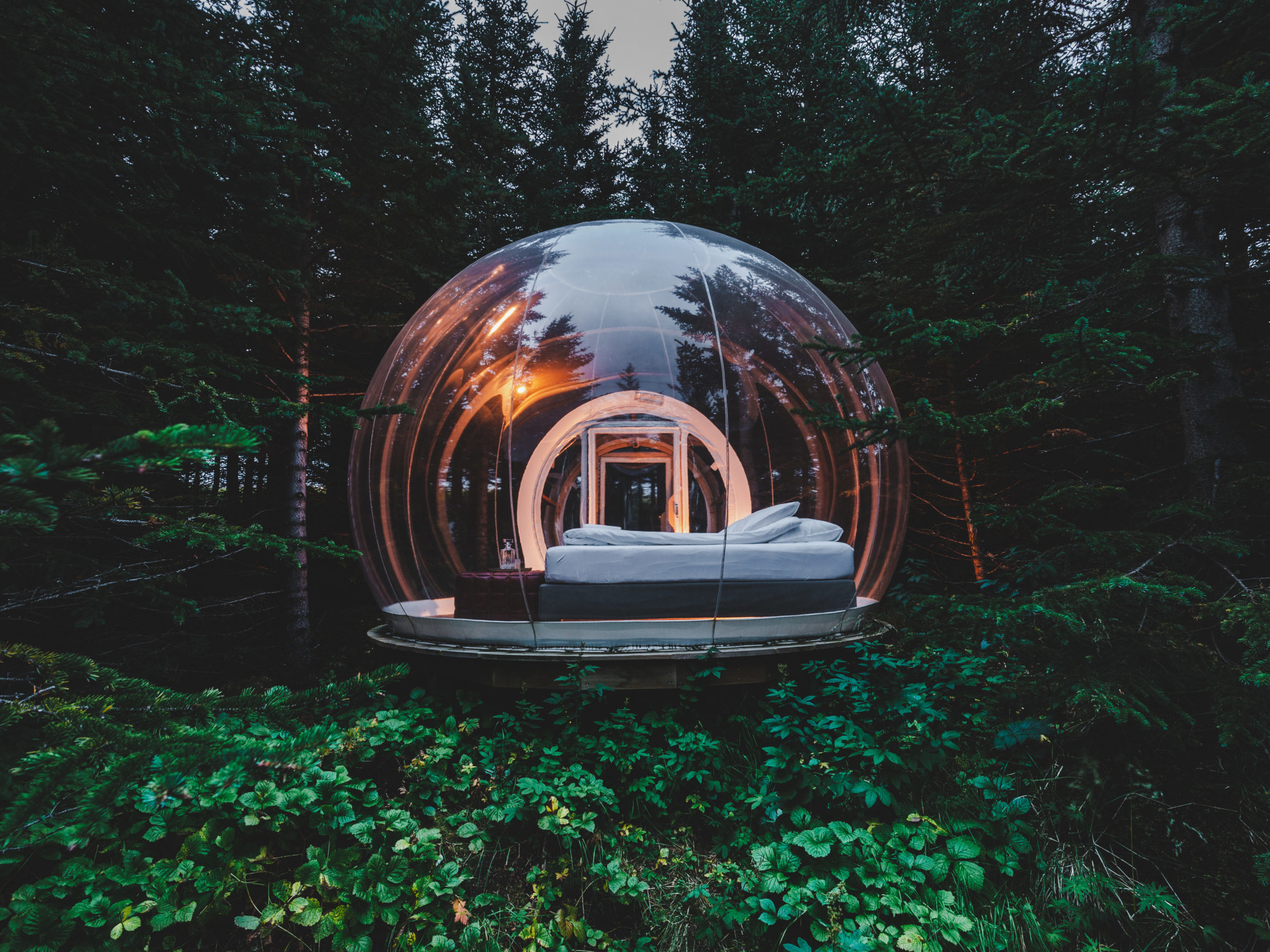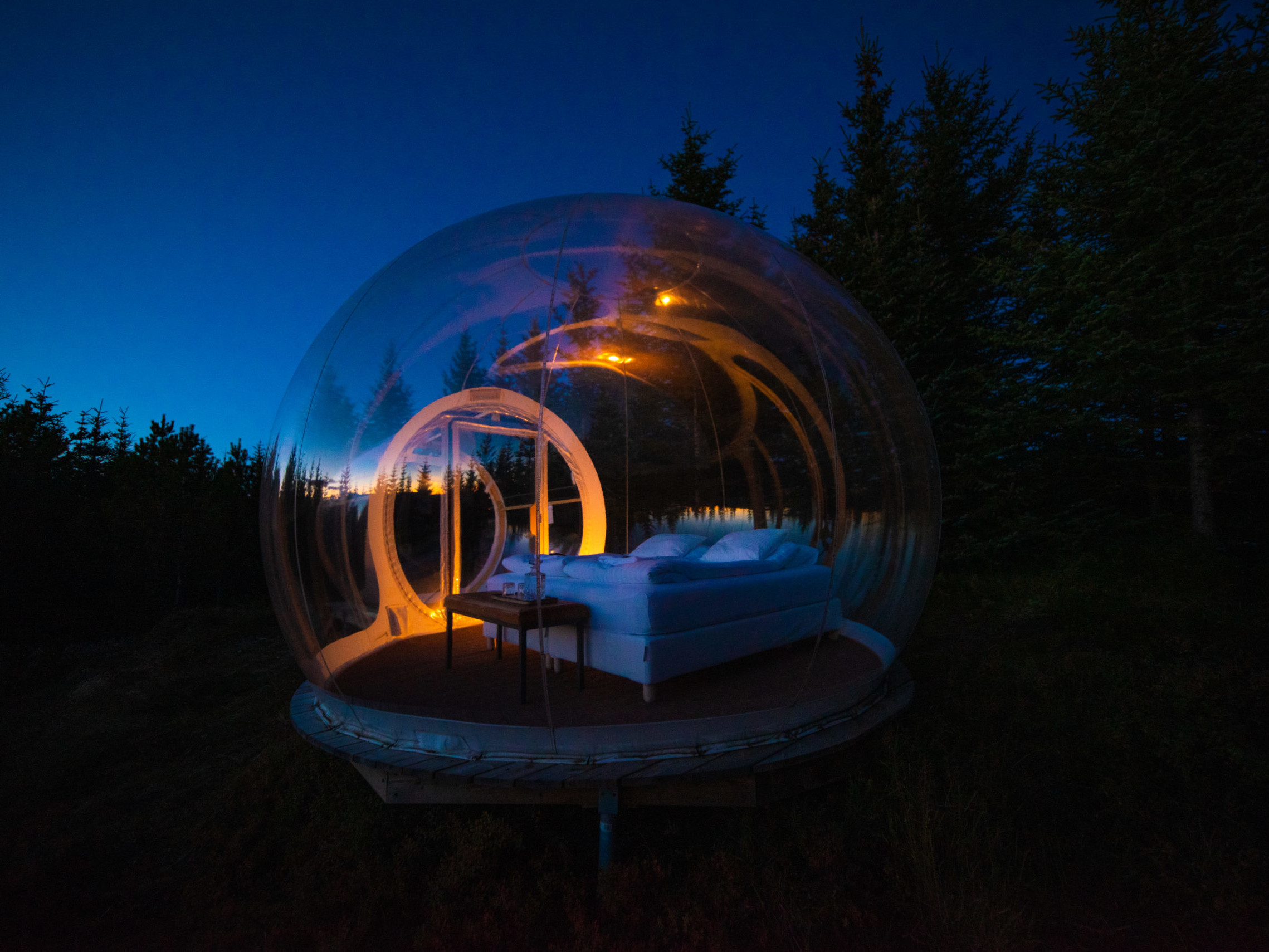Icelandic Decomposing Algae Water Bottles, by Ari Jonsson
Text by Sonia Nicolson
Plastic Waste
We all contribute in one way or anther to the growing problem of plastic pollution. Think of the packing in your weekly shop, think of your garbage, think of the items you work with and replace in time; it’s hard to avoid a plastic.
Plastic pollution is the build up of plastic products in the environment that adversely affects wildlife, wildlife habitat and/or humans. Plastics that act as pollutants are categorised based on sizes into micro, meso or macro debris.
The main issue that we in society face is that plastic is an inexpensive and durable material which means it is used to high levels but the plastic we use is very slow to degrade. Plastic pollution can unfavourably affect lands, waterways and oceans which in turn effects living organisms, particularly marine animals. Problems such as entanglement, ingestion, exposure to chemicals an all cause issues in natures biological functions.
More than 5 million tonnes of plastic are consumed annually in the UK alone. An estimated 24% of this makes it into recycling systems, that leaves a remaining 3.8 million tonnes of waste which is destined for landfills. Plastic reduction efforts have occurred in some areas in attempts to reduce plastic consumption and pollution, and promote plastic recycling.
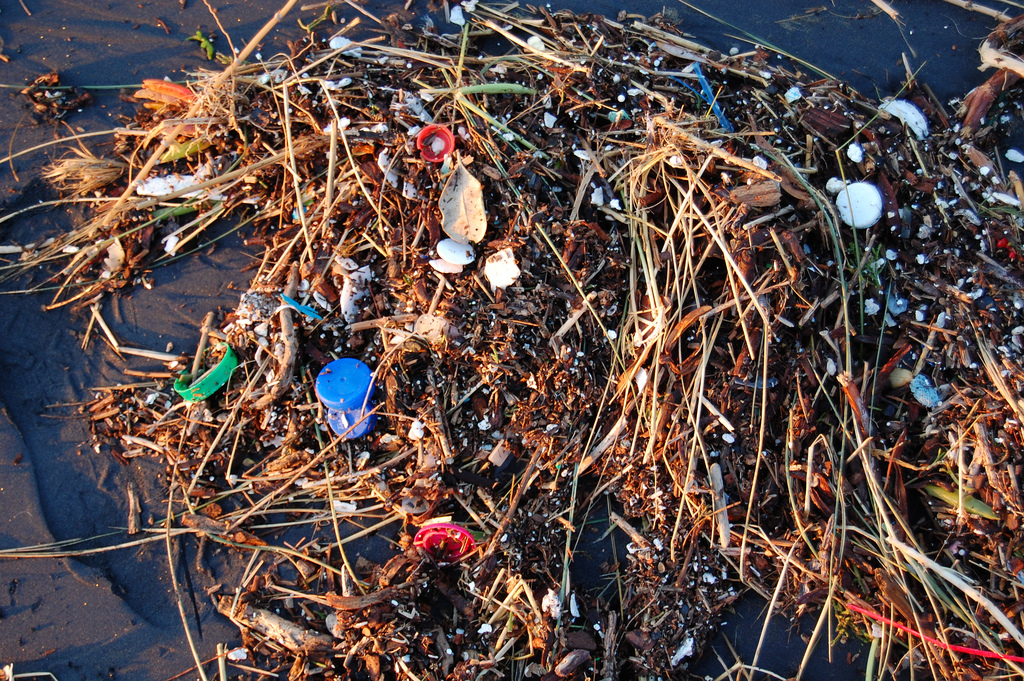
Photo by Kevin Krejci
Creating a Biodegradable Bottle
After reading about the amount of plastic waste produced daily, Ari Jónsson started to explore the concept of a replacement material.
“I read that 50 per cent of plastic is used once and then thrown away so I feel there is an urgent need to find ways to replace some of the unreal amount of plastic we make, use and throw away each day,” Jónsson told Dezeen.com
“Why are we using materials that take hundreds of years to break down in nature to drink from once and then throw away?”
What is DesignMarch?
DesignMarch is Iceland’s most important design festival and is held annually, from 10-13 March, this year will be the festivals 10th gathering. DesignMarch is organised by Iceland Design Centre and works to promote Icelandic design and architecture. It’s the largest and most significant design gathering in Iceland and brings together designers and Architects from all over. Located across Reykjavik, the most northerly capital city in the world, there are around one hundred different events from discussions and lectures to exhibitions and networking events. It transforms the city into one big venue for design where fashion and furniture, architecture and food design come together. The festival opens with DesignTalks, a day of lectures by internationally acclaimed designers and the foremost local design thinkers.
The festival showcases the best of local design alongside exciting international names, it’s a great chance for newcomers to display their work and be seen. Product Design student studying at the Iceland Academy of the Arts, Ari Jónsson, created a biodegradable bottle from a combination of red algae powder with water, and his work was exhibited during DesignMarch 2016. Jónsson’s decomposing bottles were presented at the Drifting Cycles student exhibition which was held inside a remote lighthouse.
Testing Materials
Ari began by studying the strengths and weaknesses of different materials to determine which materials would be best suited for use in the development of his water bottle. Working with natural materials and materials inspired by nature, Ari discovering a powdered form of agar, a substance made from algae. He found that when agar powder is added to water it forms a jelly-like material which can be formed into functional objects. He experimented with different promotions of water and algae to create a pliable formula. Then, slowly heating the substance, he poured it into frozen bottle shaped moulds to help him achieve the perfect form.
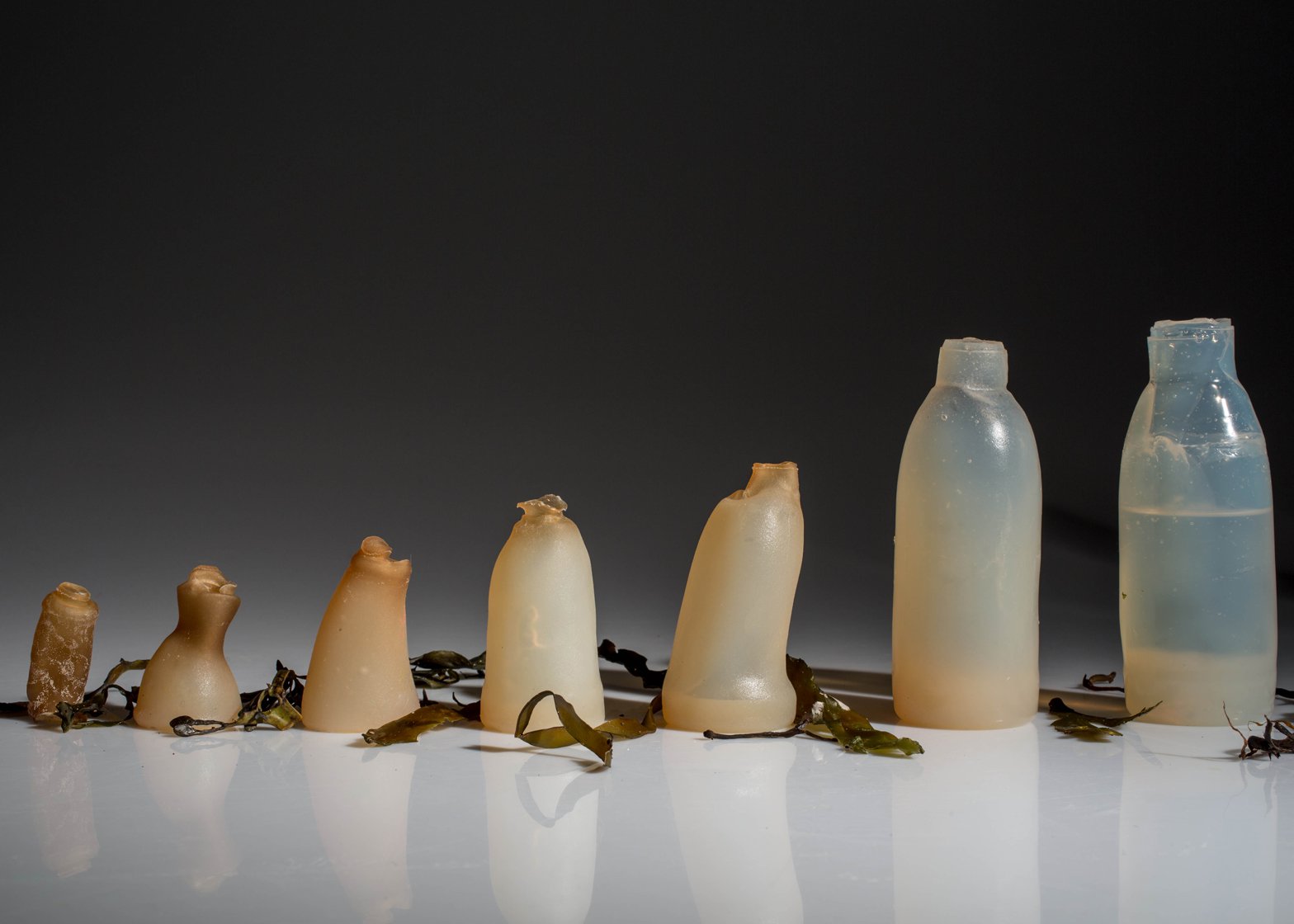
Photo by Youth Express
Working with Algae
As the material was in a liquid form, he needed to cool it to set the bottles shape and solid form. He found that rotating the mould whilst submerged in a bucket of ice cold water set the liquid substance making it take its bottle shape. The agar form was then refrigerated for a few minutes before it could be extracted from the mould.
“If it fails, or if the bottom is too thin or it has a hole in it, I can just reheat it and pour it into the mould again,” said Jónsson. So as he develops the perfect thickness and material use, he can adapt and remould as he works.
How it Decomposes
The interesting finding of this new material was that the bottle kept shape as long as the bottle is full of water. As soon as it was empty, it began to decompose and loose both its form and function.
As the bottle is made from algae, a 100% natural material, the water the bottle stores is completely safe to drink. As the bottle is made from powdered agar and mixed with water to create the material, Jónsson did note that after a while it may extract a small amount of taste from the bottle. This is not being seen as a negative aspect and the designer even suggested that if the user likes the taste, they can start to eat the bottle itself when they have finished drinking.
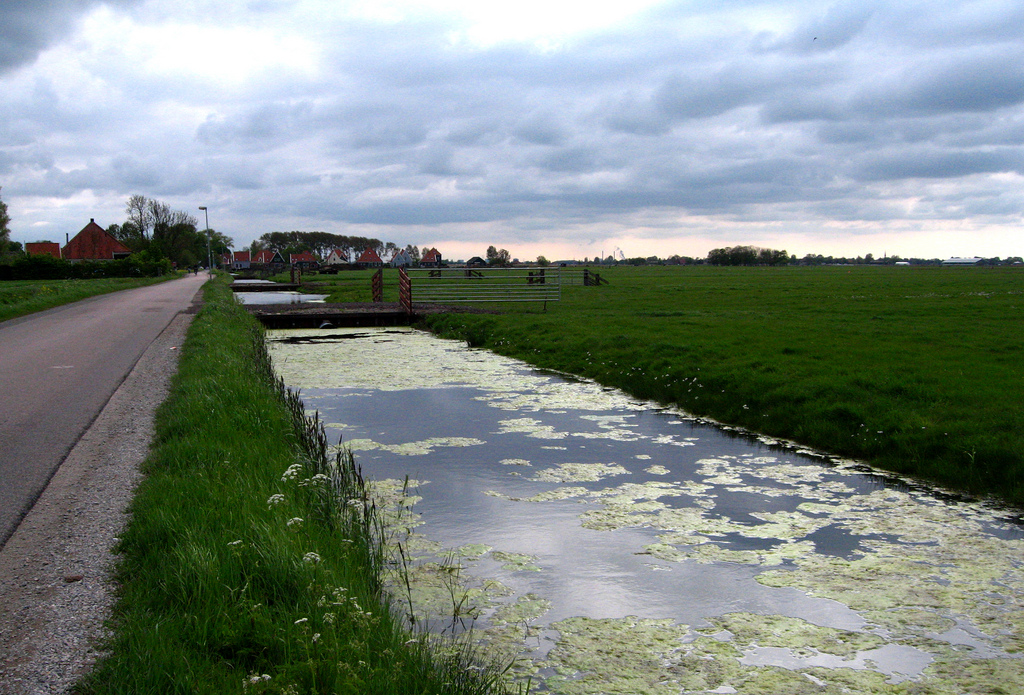
Photo by morisius cosmonaut
Inspired by Nature
Designers are increasingly experimenting with other forms of algae and seaweed. Arup revealed their design for the worlds first ever algae powered building, a Dutch designer has created bioplastic for 3D printing from algae, and the IKEA lab Space10 created an algae producing pavilion in Copenhagen. Seaweed has also recently been used in the development of furniture combining paper and seaweed to create a new material.
This is being explored in architecture too; the Modern Seaweed House on the Danish Island of Laeso uses seaweed in its exterior cladding. This project revisits the tradition of constructing using locally found materials such as seaweed. At one stage on Laeso, there were many homes constructed using seaweed as trees were scares. Nowadays only twenty houses like this remains so this inspired Vandkensten studio and non-profit Realdania Byg’s preservation project.
Algae has even been implemented as an energy source to power buildings.

